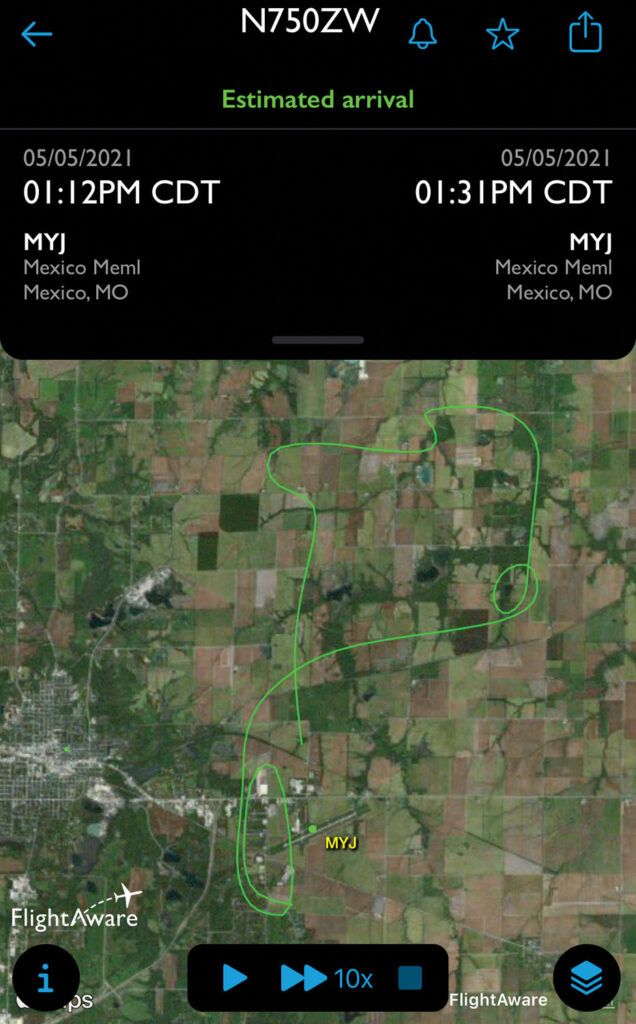
Last year the FAA created a new requirement that transponders in aircraft had to be replaced or upgraded to use the new ADS-B technology. While we won’t focus here on specific details, a useful summary would say that any aircraft flying into controlled airspace now needs ADS-B equipment. This new technology offers great safety features for those in the air. It also now allows all of us on the ground an opportunity to use a new feature that you may find interesting.
You can now track on a smartphone or laptop the flight paths of Experimental aircraft as they fly in real time. While we have had the capability to track scheduled airlines for a while, the advent of mandatory ADS-B provides the ability to see homebuilt aircraft in the same manner. Using a free app on a smartphone or similar device, you can observe a wide range of details about these flights: the aircraft’s N-number and owner, the flight path on a map between takeoff and landing, and speed and altitude throughout the flight. These apps can also keep a history of prior flights, preserving this same detailed information.
It is quite an interesting experience to follow the flying activity of our fellow pilots. Whenever I hear a small plane flying overhead, I quickly open my app and easily identify the aircraft and where it departed from. I then can decide to watch and follow it on a map until it lands. Another fun use occurs when attending a fly-in or visiting an airport. By simply entering the N-number of a plane on the ground, the app will show the recent flight path the aircraft took to get here, along with its speed and altitude at every moment of the flight.
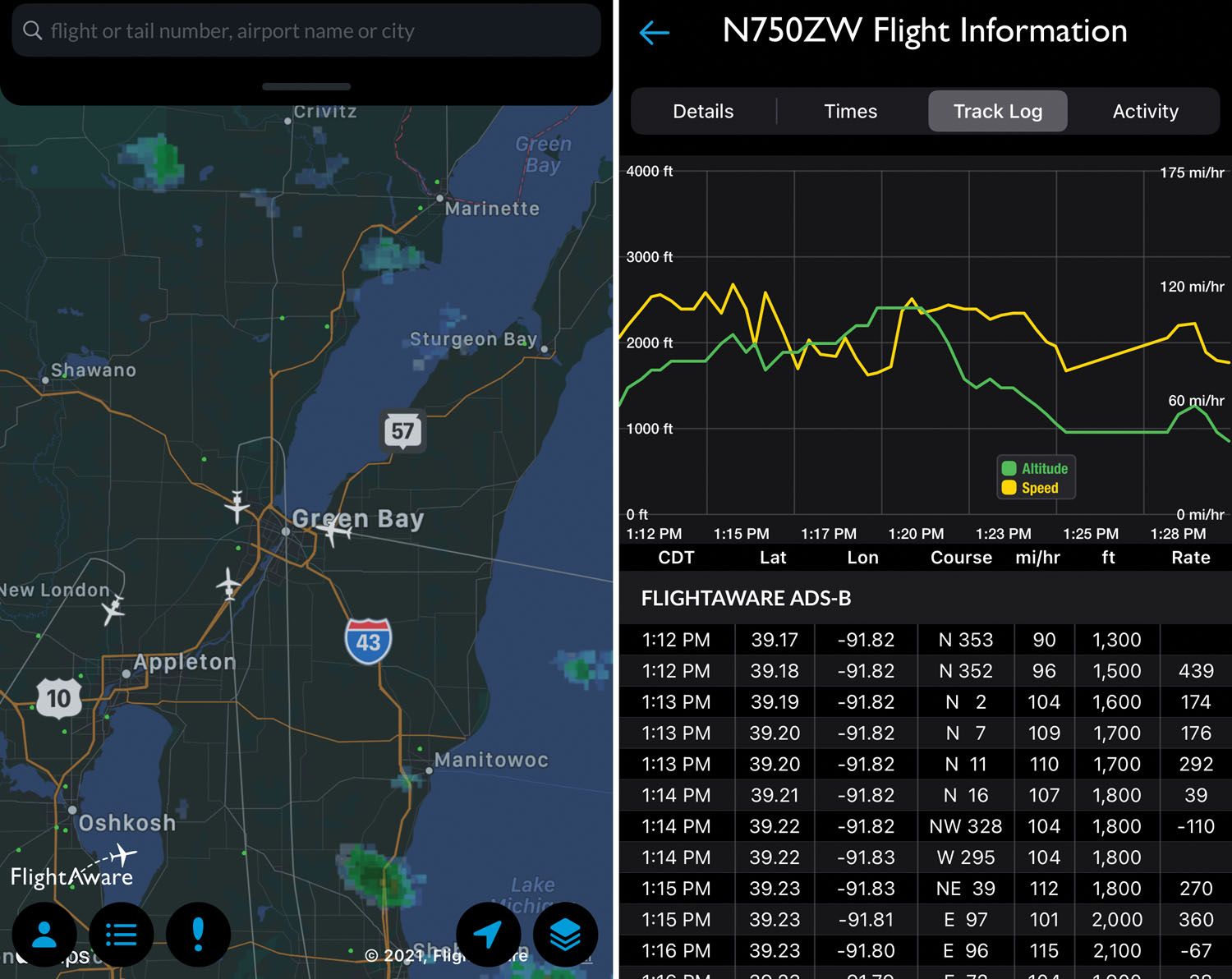
There are no secrets anymore! If ADS-B equipment has been installed in an aircraft, it must remain on whenever the aircraft is in operation per FAA rules. So even if the airport you are visiting is far from controlled airspace and does not require ADS-B, all aircraft with that equipment installed will continue to operate and report all flight details continuously within the capabilities of the ADS-B network. You can see how this tracking of homebuilts is something new and did not occur with traditional transponders. Remember that this is public information and is never deleted. It only takes a free app to make this data easy to view.
There are several free apps you can use for displaying ADS-B flight information on your phone, tablet or computer with a Wi-Fi or cell connection. The pictures shown here are from FlightAware. I am not recommending this app—it is simply the one I am currently using. You should research the available choices from your provider’s library of apps with a search like “track aircraft.”
The use of FlightAware is intuitive, and I was able to learn how to navigate its features without any formal instructions. The map display defaulted to my present location via GPS information. You can literally tap on any aircraft on the map to find out its pertinent flight data. While the app is free, there are extra features for a few dollars’ subscription charge. For example, how about getting an alert whenever your pilot friend flies his plane! All you must do is enter the aircraft’s N-number and the app will watch for movement by that aircraft.
There is a procedure (paperwork!) by which the FAA can prevent your N-number identifier from being broadcast by your ADS-B equipment and thus hidden from public view if desired. This might be a good topic for some future article. But while ADS-B technology is truly a wonderful tool in preventing aircraft collisions, we can wonder if there might be unintended consequences when it comes to privacy. Be aware and informed about the capabilities of your onboard technology. You might want to think twice about buzzing a friend’s house, for example. Your flight actions are being recorded. Plane and simple!



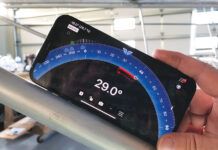
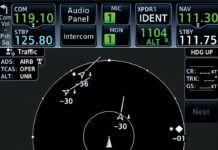

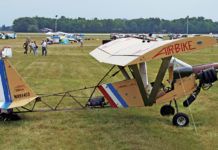
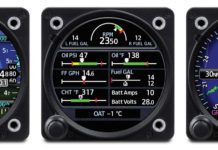
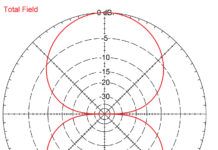
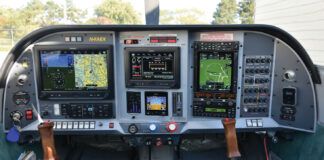
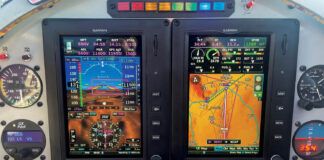

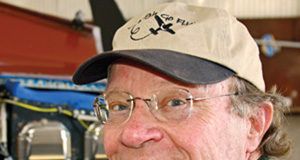
Very informative article – thank you for sharing it. It would seem that the potential for helping to locate an overdue aircraft would be wonderful, but the ability to track someone’s every move in flight, even long after the fact, is a bit scary. Not sure if the architects of ADS-B had this sort of Big Brother functionality in mind, but maybe they did.
I’ve seen my wife interested in knowing who is flying overhead at any time via easily available flight tracking apps. She’s not an airplane person either, so I expect a lot of people as time goes on, to be looking just to satisfy curious impulses. A good idea to block the N-number – so your name and home town are not proudly displayed (if registered to an individual) to all lookie-loos, after the overflight, or whatever. This sort of publicly available surveillance is really an invasion of privacy and I would support an EAA/AOPA effort to protect pilots and operators from this sort of information leak as a default behavior of the system. The liability is sky high. Especially in today’s flavor of the month cancel culture climate.
The comment “any aircraft flying into controlled airspace now needs ADS-B equipment” is NOT correct. ADS-B OUT is not needed in Class D airspace, nor in most of Class E airspace. Here is where it is needed:
Class A, B, and C airspace;
Class E airspace at or above 10,000 feet msl, excluding airspace at and below 2,500 feet agl;
Within 30 nautical miles of a Class B primary airport (the Mode C veil);
Above the ceiling and within the lateral boundaries of Class B or Class C airspace up to 10,000 feet;
Class E airspace over the Gulf of Mexico, at and above 3,000 feet msl, within 12 nm of the U.S. coast.
The privacy issues here have been with us since Mode S transponders were introduced 30 years ago. A group of us, all avid EAAers who met at Sun N Fun when the FAA introduced the idea, got so upset about this violation of our privacy that we agreed to get together in Washington and speak to members of Congress. So 3 of us ended up touring the halls of both houses (this was long before 9-11 and other security concerns) and got a good reception. Which is one reason now that you can choose an ADS-B out combination that does not transmit your ID when you are squawking 1200.